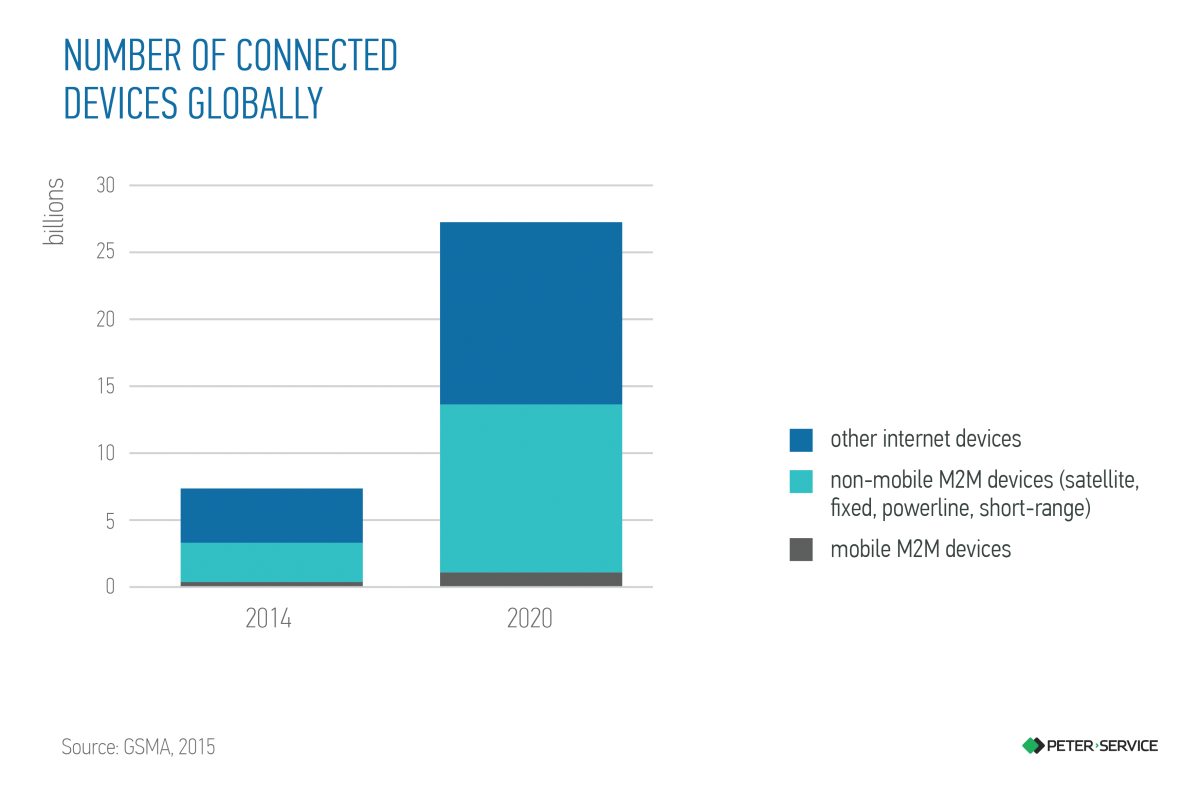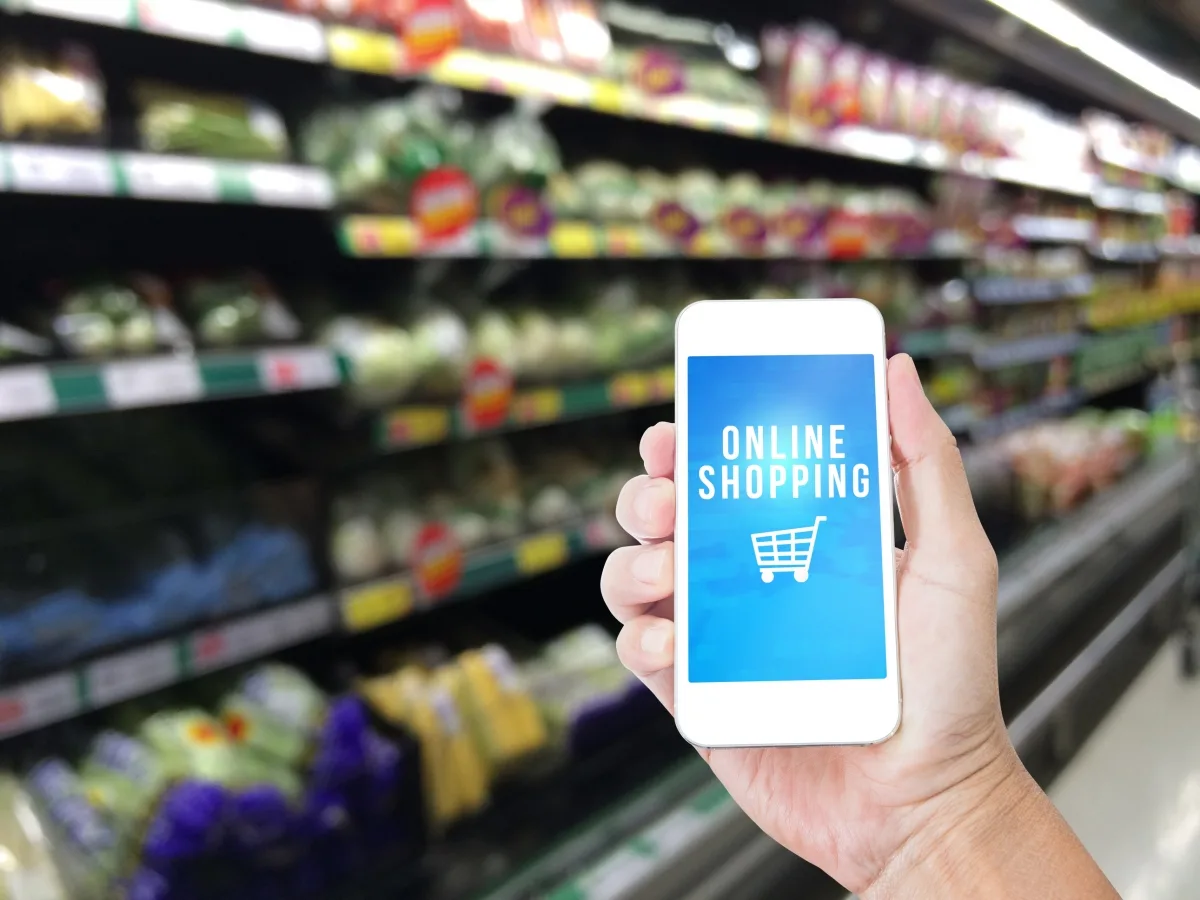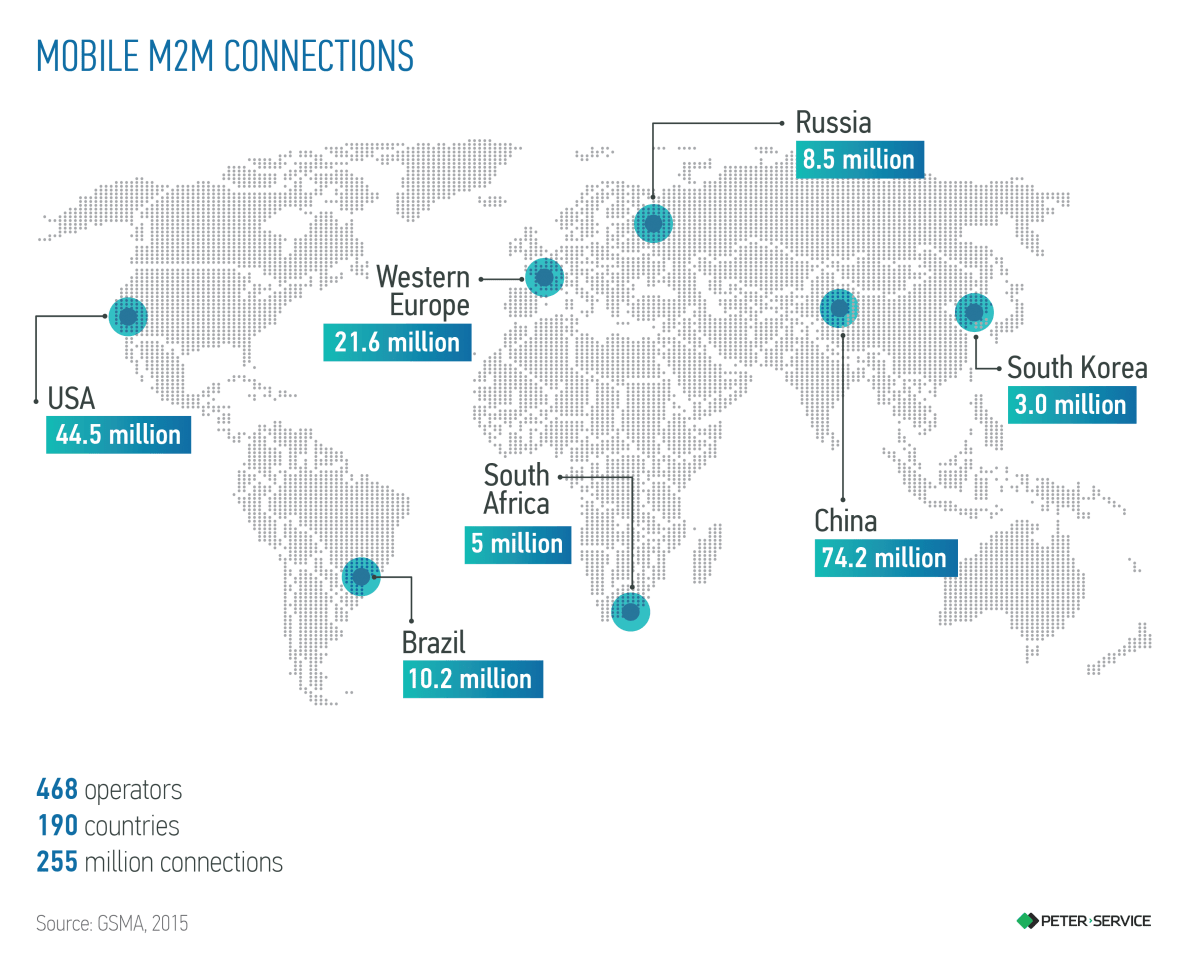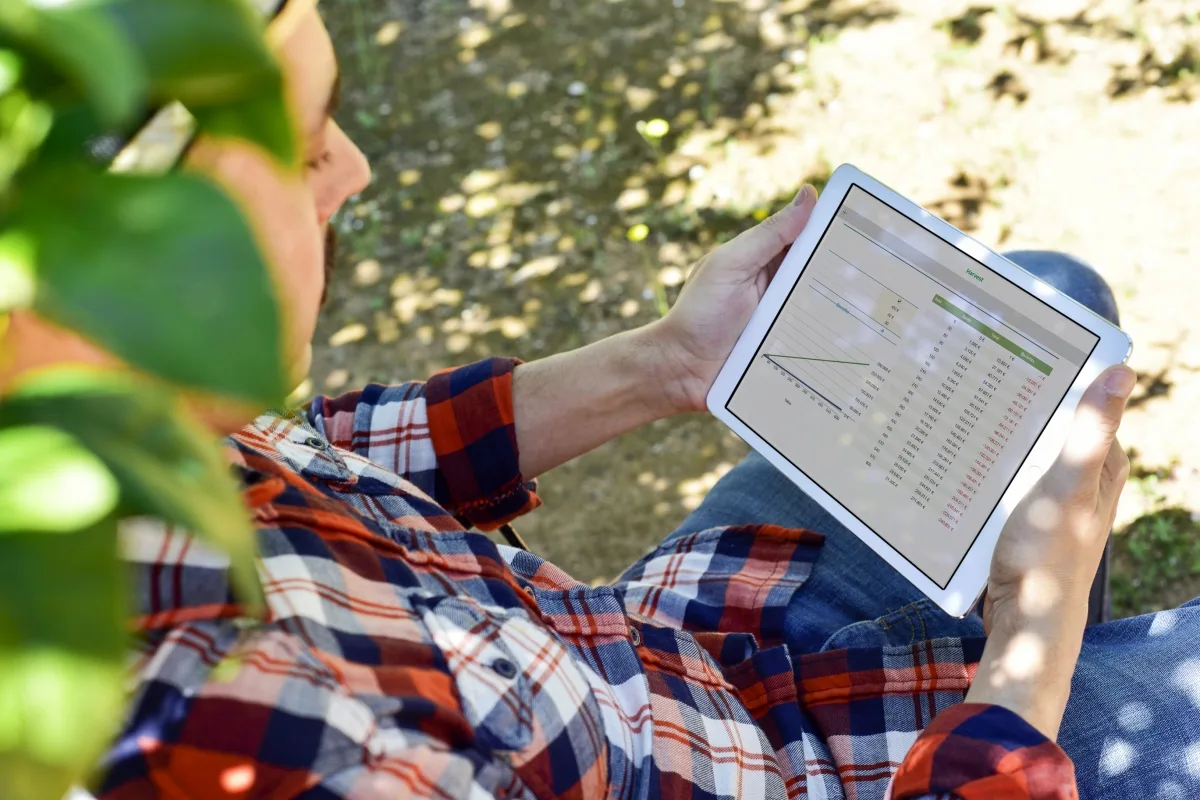Internet of What?
What is the real difference between M2M, IoT and IoE?
"My job is about predicting the future". This was the statement from Kevin Ashton, author and ideologist of the Internet of Things concept, at a Microsoft conference in late 2015. 15 years after the Internet of Things concept was coined, this British researcher tried the role of a futurologist making forecasts that do come true, unlike weather reports. Since 1999 the Internet of Things has evolved from the idea of radio-frequency identification of devices to the concept of a new Web. Industrial equipment, cars, city transport, wearable devices, and smart homes, today everything is connected to the Internet.
IoT vs. M2M. A technological evolution
The popular term "Internet of Things" is often used and sometimes equaled to the M2M technology. It has been in use since the 1980s when an American company Qualcomm started developing solutions for tracking commercial vehicles using wireless communications. In the recent decade M2M has been viewed as a key growth driver in transport, banking, manufacturing, energy, and retail. All this until the Internet of Things replaced it.
What is the real difference between M2M and the IoT? What is the clear margin between them? What will come after the IoT, an Internet of Everything? How did technological progress influence the telecom sector? We compared popular technological concepts which today act as primary trends in the world economy.
As a rule, specialists' opinions on the difference between M2M and IoT are divided. Some consider IoT a new autonomous scientific and technological theory, others trust in the continuity of previous systems. Initially, M2M and the Internet of Things emerged as scientific concepts, but soon they started to define entire segments in the wireless market. From a scientific and technological standpoint, they represent concepts involving numerous technologies that have evolved with time.
Technologies that differ
The distinctive feature of M2M is the ability of objects powered with computing or communication modules to interact with a limited human intervention.
Devices connect to each other, fetch data and send them via mobile and wired networks. Mobile M2M devices use SIM cards with a special plan that transmit data via the Internet or SMS while gathering a limited amount of data. Basic examples of such interactions are ATMs, automatic electric energy metering systems, payment terminals and GLONASS systems, or the Platon, a system for tracking trucks.
Unlike M2M, the Internet of Things concept covers not just devices with computing and communication modules, but any object equipped with special identification means (RFIDs, visual bar codes, QR codes, etc.). A relevant example comes with a system for reading cars' registration plates allowing detecting plate numbers of the registered by video cameras. In this case, the car is also an IoT object even if it doesn't have a separate communication module.

The second difference is that devices exchange data thanks to IP networks using various protocols. Data accumulated from a huge number of sensors are many times higher than in M2M devices. Besides, IoT is not merely about collecting data, but also reacting to it automatically, as well as advanced data analytics.
Simply put, M2M devices can warn the user about a faulty water sensor, while IoT solutions can help find the cause of failure, previous faults and produce an opinion on how to avoid future breakdowns.
Changing scale
The speed of IoT technology development grows every day. According to J’son & Partners Consulting, in late 2015 the total number of IoT devices in Russia was 16 million including devices connected via cell, fixed, Wi-Fi networks and other short-range technologies. Experts believe that by 2020 the number of smart objects in the world will exceed the number of smartphones and PCs, reaching 25 billion gadgets. The number of M2M connections will be significantly lower.

What was that dramatic change letting us talk about the rapid growth of the IoT?
First of all, the cost of key technologies plummeted. Believe it or not, through the recent decade, communications have gotten almost 90 percent cheaper. Prices for various sensors, Internet access rates and data storage dropped. Secondly, there was a shift in the technologies of storage, leveraging, analysis and application of data (Big Data). Thirdly, we saw the emergence of cloud and distributed systems.
Another important factor impacting the IoT growth is the global spread of the Internet (both broadband and, primarily, mobile access). All this together built an economic background for more abundant and newer IoT use cases in industry (smart cities, transport, logistics, heavy and processing industry, construction, energy, security, medicine, retail) and everyday life (wearables, smart home).

Local and Global
Another important difference between M2M and the Internet of Things lies in the level at which these technologies are applied, which is different. M2M is about specific local scenarios for using telecom systems, while the Internet of Things is a global network. M2M can be compared with two computers connected with each other. As for the IoT, to understand it you need to think up a boundless Internet with a huge number of servers, and an infrastructure.
Yet, the crossing lines between the Internet and the IoT are quite conditional. E.g. a mobile phone with Internet access is not an IoT object per se. But if it has an installed app for paying parking fees and ordering a pizza delivered by a drone, then for this particular case we can call it the Internet of Things in action.
Simply told, any scenario of using connectivity for something else than talking on the phone is the innovation that makes IoT a part of our life.

Technology standardization
The number of connected devices is increasing, technologies are rapidly developing and revenues of the companies focusing on the Internet as their primary activity grow day by day. What else influenced this process? Specialists are sure that M2M and IoT have another key difference which is the gradual standardization of technologies related to the organization of the IoT infrastructure.
Today, the world sees launching and developing IoT startups, and the process of developing systems and technologies involves an increasing number of engineers. Similar processes take place in Russia as well. Since April 2016, the Internet Initiatives Development Fund has started working with respective ministries and agencies to support custom projects in the areas of smart cities, agriculture and industry. Jus ten years ago, it was almost impossible to imagine that an ITMO graduate could develop a custom mini-project in the field of M2M.
How new technologies influence Telecom
The final difference of M2M and IoT is that the effect of technological change brought by IoT is incomparably higher than the effect of M2M. This is to say that right now change is happening in various business segments and, first of all, in Telecom itself. Experts unanimously believe that operators' revenues from traditional services (Voice and SMS) are going down steadily. In his interviews, Wim Elfrink, Chief Globalization Officer, Cisco, says that starting from now operators need to think what additional services they can offer their customers in other fields such as IoT and M2M.
In 2015, 468 operators in 190 countries offered M2M services. This means that three out of ten operators in the world use M2M technologies for new business initiatives, and 2/3 of them are European. According to GSMA forecasts, by 2020 potential M2M revenues of mobile operators can reach up to 1.1 trillion dollars.

What comes after IoT?
Obviously, the Internet of Things concept, so popular in the recent years, is not the highest peak of the technological evolution. At some moment ahead, the economy will deplete the entire effect of IoT and a new trend will follow, though now it is hard to tell what it will be like. For instance, Cisco is already offering a new term – the IoE (Internet of Everything). What is the key difference?
In M2M, devices are the key action objects. In the Internet of Things concept, human is gradually entering the scene (the one ordering a pizza by phone). Finally, the Internet of Everything is seen as a connection of devices, people, data and processes. The IoE eco-system involves even more objects than before creating new opportunities for business and world economy in general.
Cisco estimates that 99.4 percent of physical objects that are capable of becoming IoE objects some time later are not yet connected to the Web.
Qualcomm comes up with its own definition of IoE. The Internet of Everything is considered an umbrella term defining new market opportunities related to a growing number of connections, new information sources, M2M connections and the next generation of devices.

The Internet of Everything may mean the next stage after IoT that will come after the creation mechanisms of handling big volumes of data from various devices, intelligible for an average user. For this, IoT must gain wide presence in all human domains including agriculture, industry and commerce, as well as day-to-day reality. Only if this happens, new types of businesses, new products and new entertainments will be getting a digital element right after they are created which will completely change the life-style itself and people's behavioral strategies.
Today, we can boldly state that M2M is being taken over by IoT, is a broader concept than M2M. Similarly, sometime later futurologists would lament the takeover of IoT by the "holistic" Internet. Yet, today the Internet of Things remains the centerpiece of digital transformation of most businesses, and many countries still will need to begin the IoT transition process.
Stay connected!